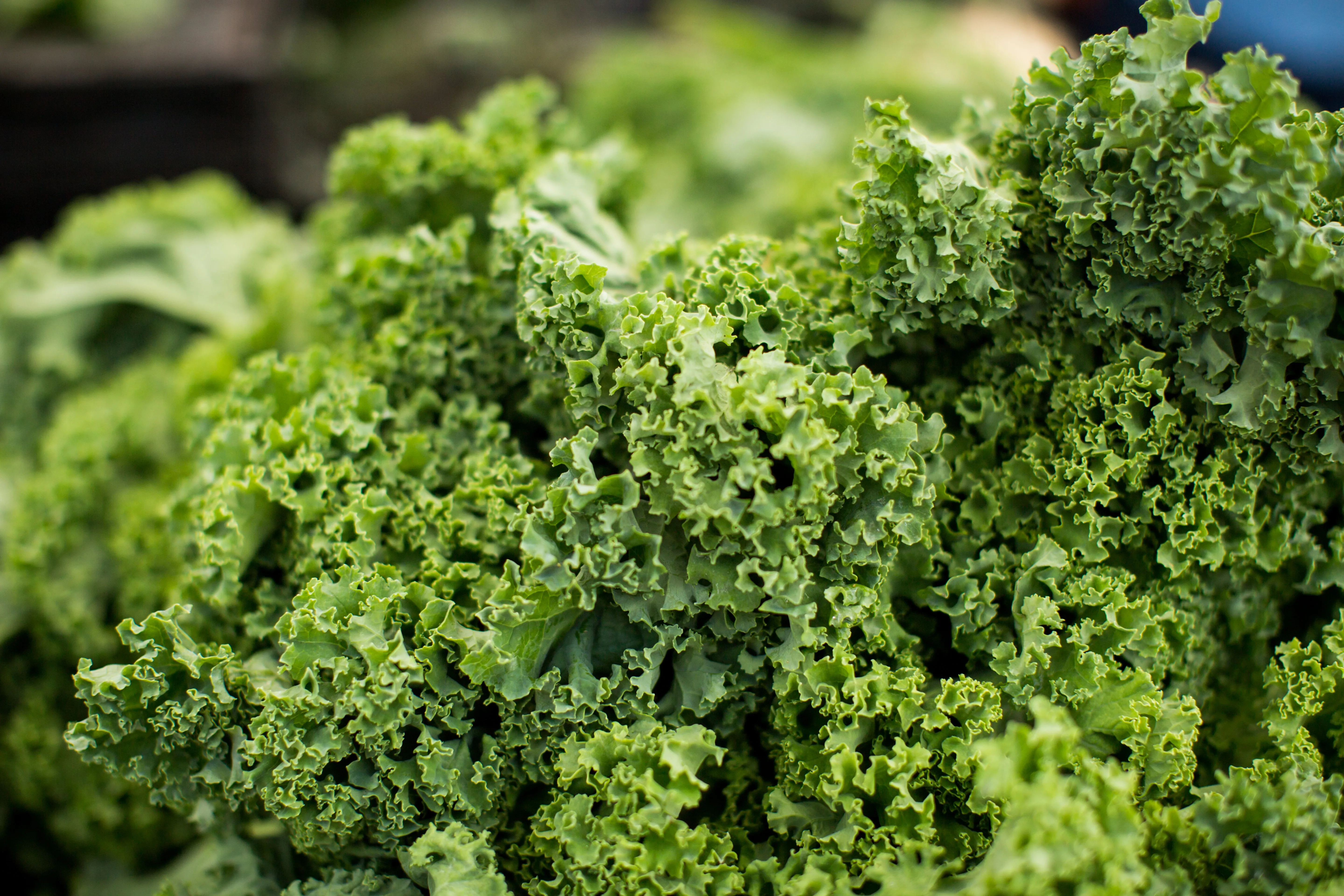Community-Supported Agriculture: A Win-Win Model
Explore the transformative world of Community-Supported Agriculture (CSA) with Vriksha Farms. Discover how CSA fosters sustainable farming, strengthens community bonds, and offers mutual benefits for farmers and consumers alike. Dive into our insightful guide on embracing this win-win model for a greener, more connected future in agriculture.

Introduction
Community-Supported Agriculture (CSA) has emerged as a transformative model in the realm of sustainable farming, offering a direct link between farmers and consumers. Vriksha Farms, with its commitment to responsible agroforestry and sustainable living, recognizes the immense value of CSAs. This blog post will delve into how the CSA model benefits both farmers and consumers, creating a win-win scenario that fosters community connection and sustainable agriculture.
What is Community-Supported Agriculture?
Direct Farm-to-Consumer Approach
CSA involves consumers subscribing to the harvest of a local farm, receiving regular shares of fresh, seasonal produce. This model enables consumers to have direct access to high-quality, organic produce while supporting local farmers.
Strengthening Local Food Systems
CSAs play a crucial role in strengthening local food systems. They provide a reliable market for farmers and encourage local economic growth, reducing the reliance on long-distance food transportation and the associated environmental impact.
Benefits for Farmers
Stable Income and Reduced Risk
CSAs provide farmers with a stable income source and reduce the risks associated with market fluctuations. By securing financial support upfront, farmers can focus on sustainable farming practices without the pressure of uncertain market demand.
Closer Connection to Consumers
Farmers in a CSA model develop a closer relationship with their consumers. This connection can lead to a better understanding of consumer preferences and fosters a sense of community and mutual support.
Benefits for Consumers
Access to Fresh, Nutritious Produce
CSA members enjoy access to fresh, nutritious produce that is often harvested within a day or two of delivery. This not only enhances the taste and nutritional value but also contributes to a healthier diet.
Education and Engagement
Being part of a CSA offers consumers a unique opportunity to learn about sustainable farming practices, seasonality, and food preparation. Many CSAs also offer farm visits, workshops, and events, enhancing the educational experience.
Environmental Impact
Reduced Carbon Footprint
Localizing food production and consumption through CSAs significantly reduces the carbon footprint associated with food transport and storage.
Support for Sustainable Practices
CSAs encourage and support sustainable farming practices. This includes organic farming, water conservation, and biodiversity, contributing to the overall health of the ecosystem.
Challenges and Solutions
Building Community Trust
For a CSA to be successful, building trust within the community is essential. Transparency in farming practices and consistent communication can help in building this trust.
Flexibility and Responsiveness
CSAs need to be flexible and responsive to the needs of their members. This might involve adjusting crop selections or accommodating specific consumer preferences.
Conclusion
Community-Supported Agriculture represents a sustainable, mutually beneficial model that connects farmers directly with consumers. It supports local economies, promotes environmental stewardship, and fosters a strong sense of community. Vriksha Farms, through its initiatives in sustainable farming, echoes the principles of CSA, offering consumers and investors opportunities to be part of a sustainable agricultural future.
